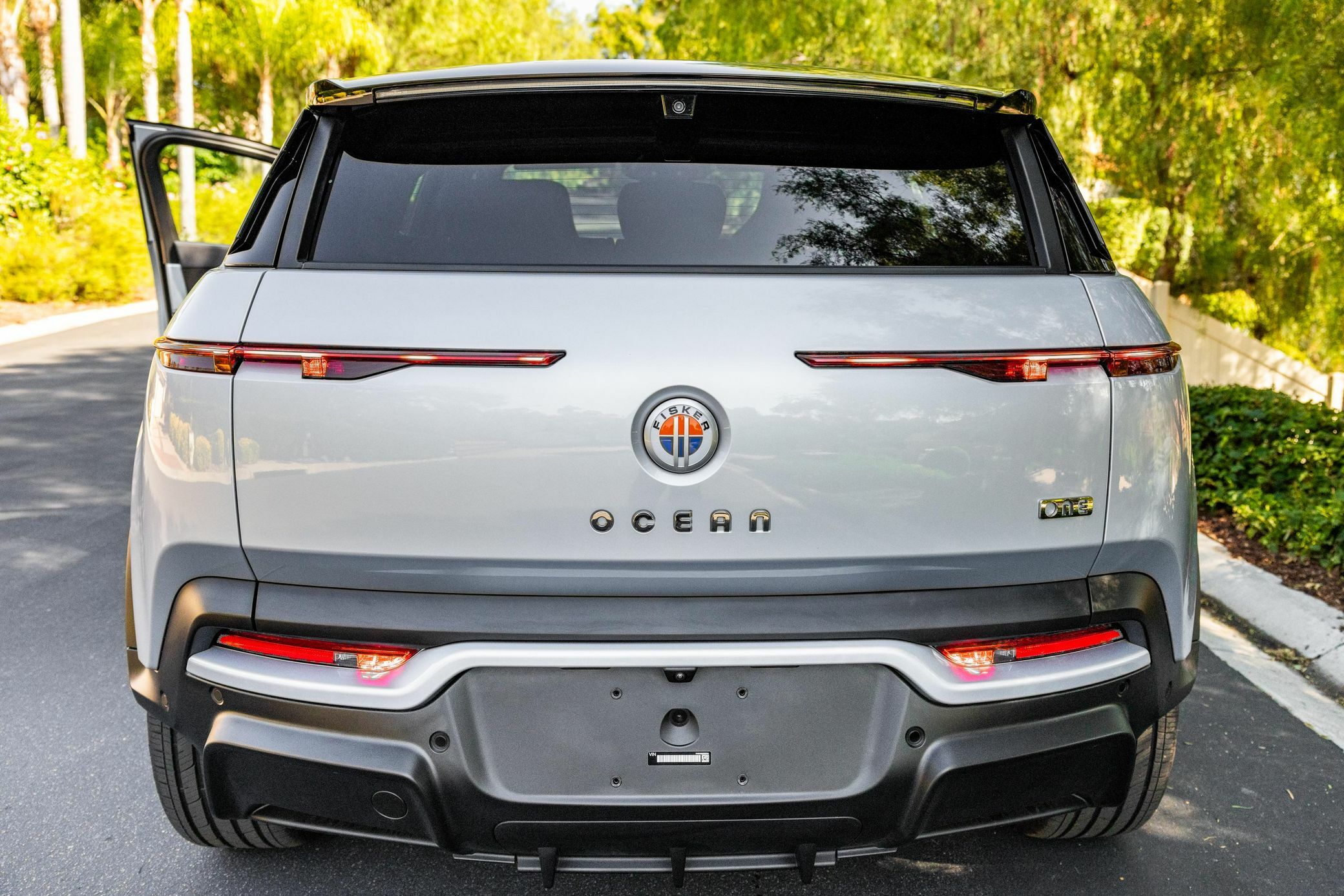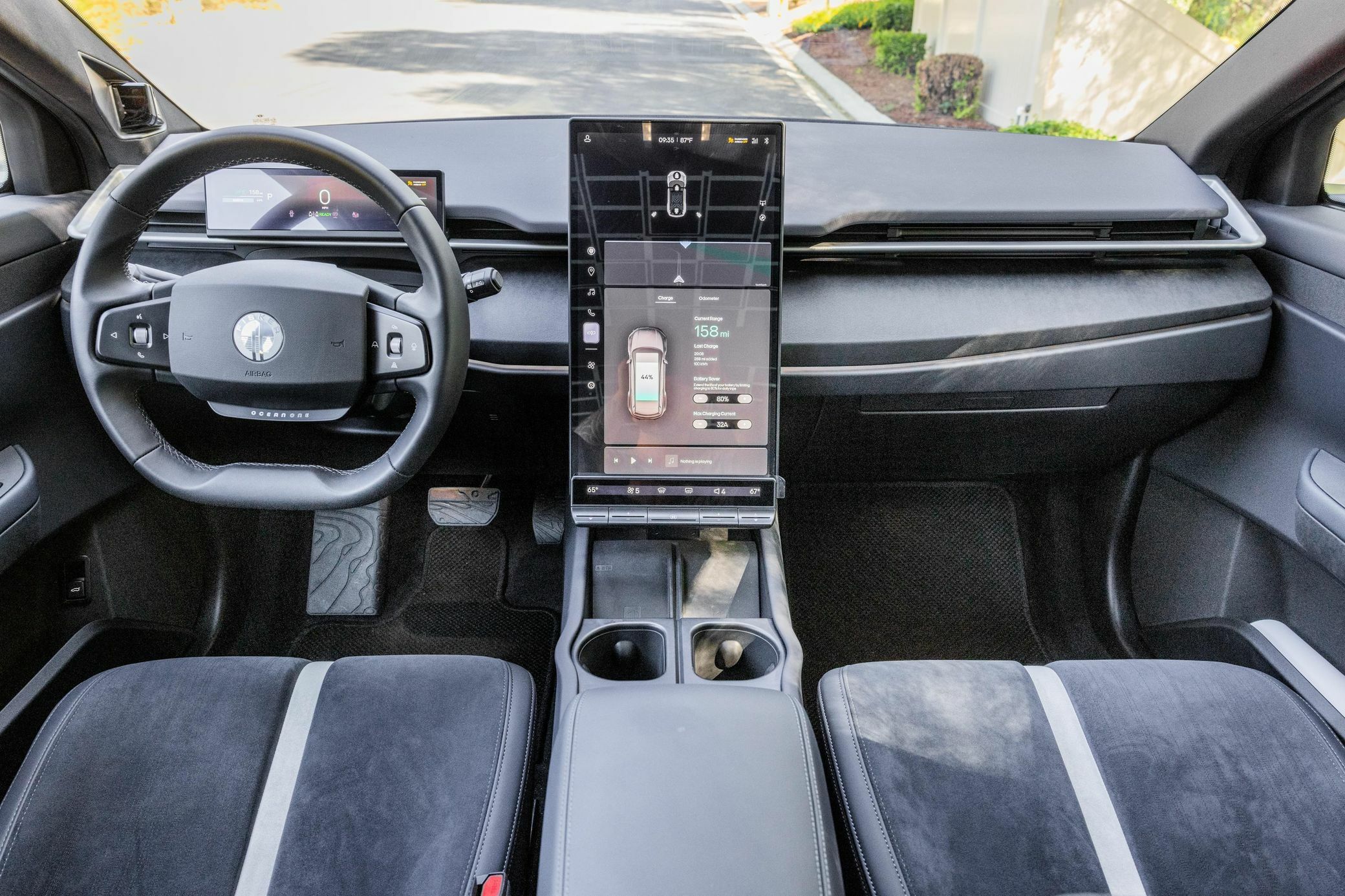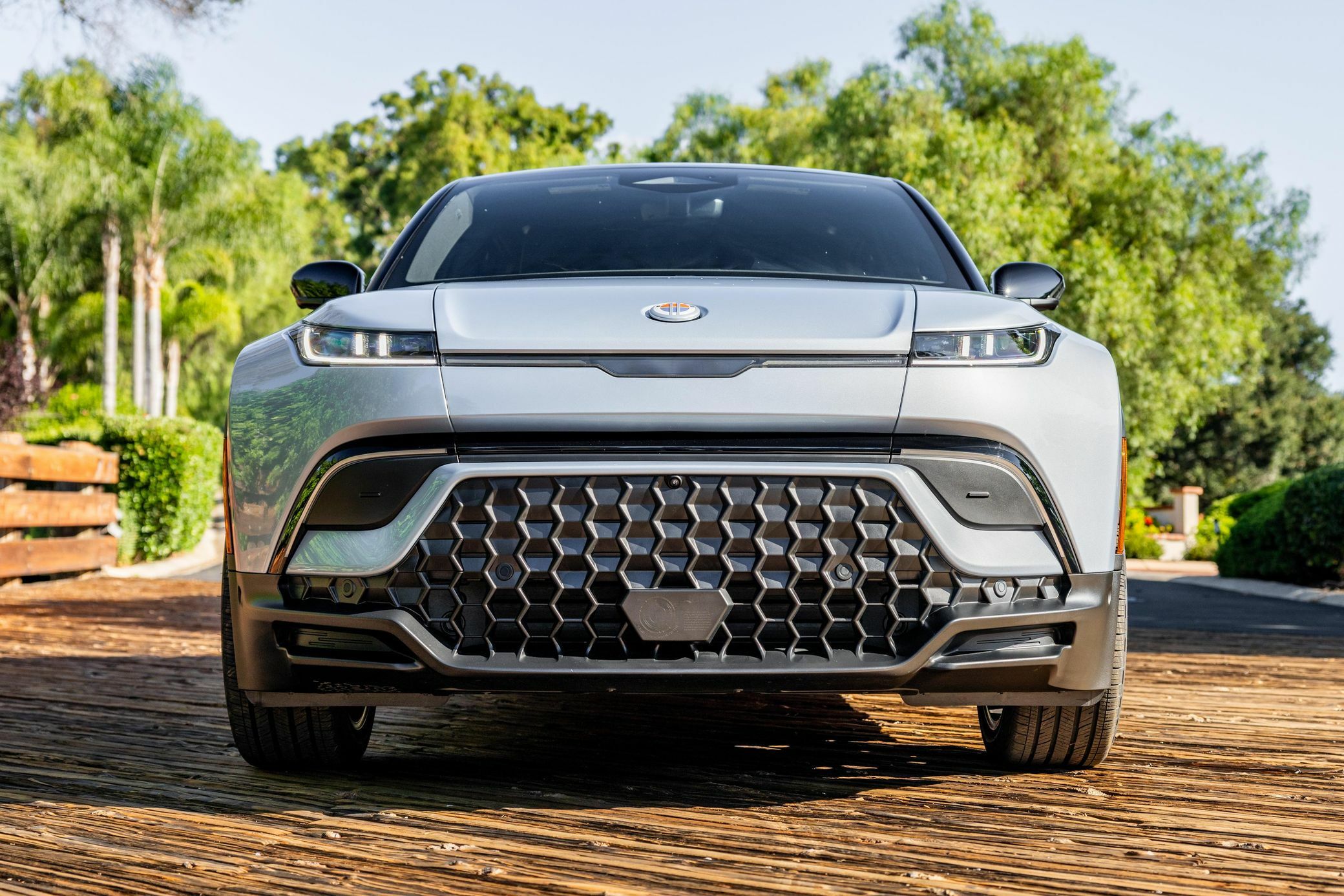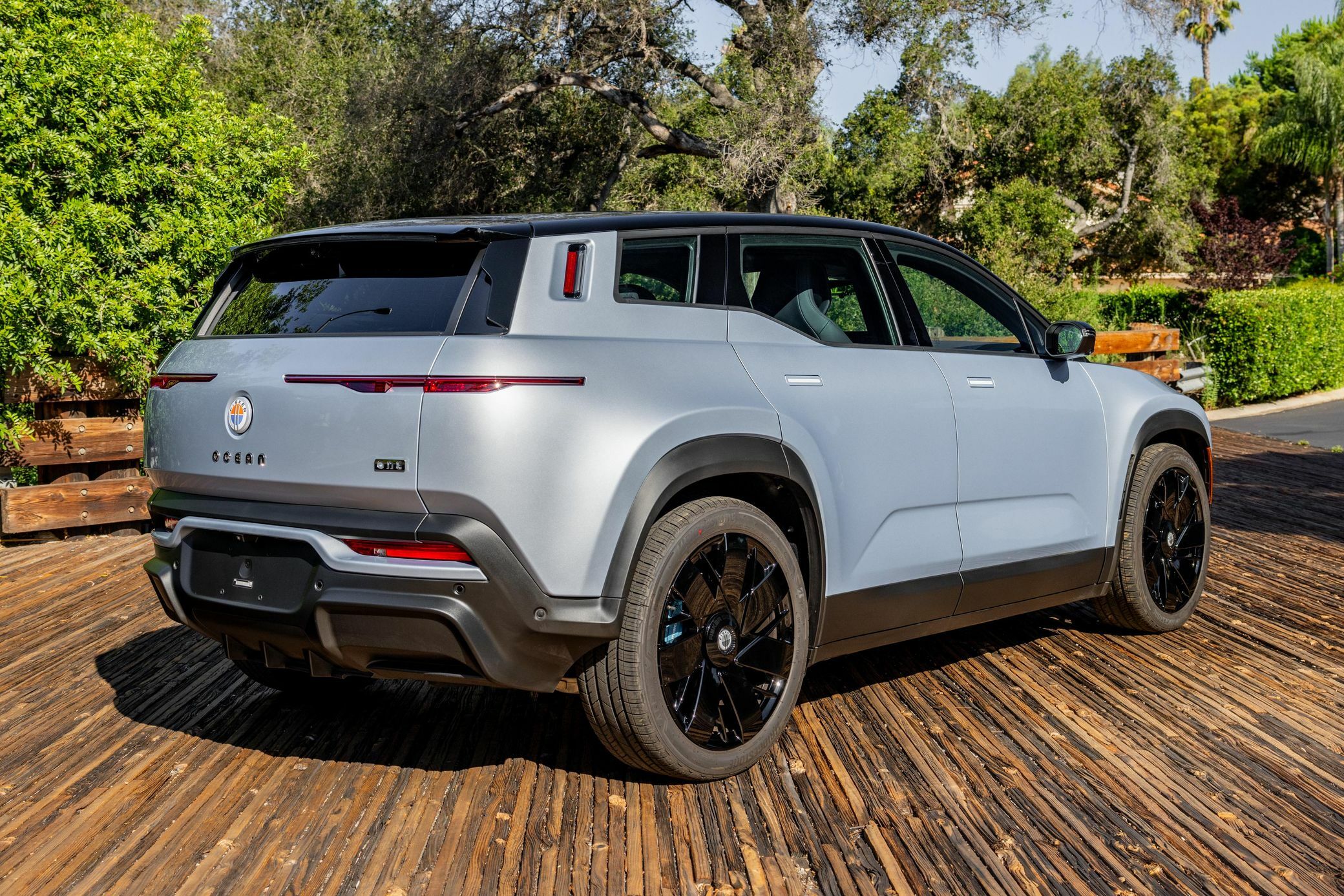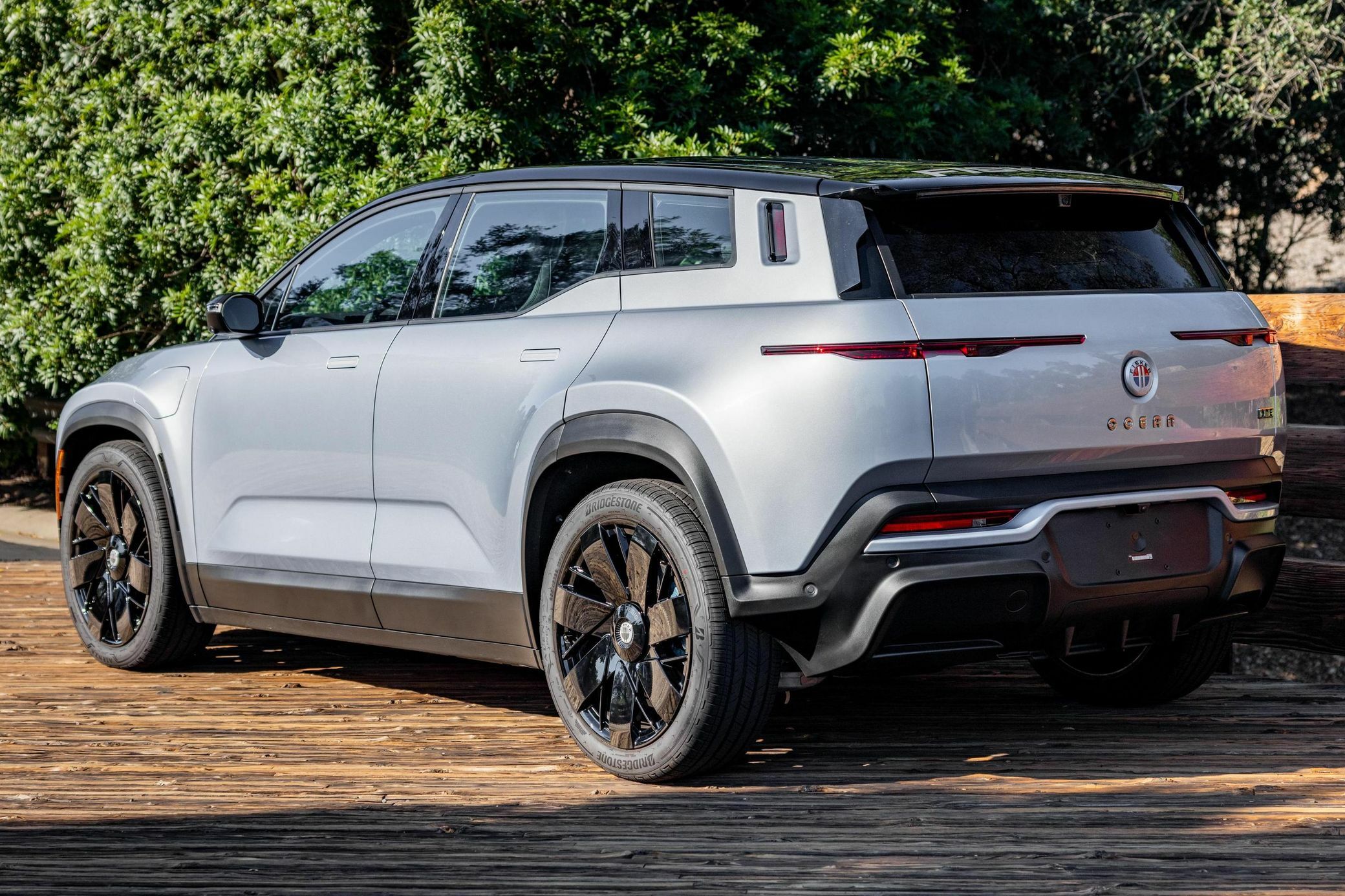- Fisker has filed for bankruptcy protection.
- US-based startup claims to have assets worth $500 million to $1 billion, but liabilities of up to $500 million.
- Rescue talks with Nissan and other big OEMs earlier this year fizzled out.
To no one’s surprise, Fisker has filed bankruptcy after months of turmoil. The US-based EV startup will now try to sell the family silver to restructure its debt and avoid total obliteration. It claims to have assets worth $500 million to $1 billion, but liabilities of up to $500 million.
There were clues last year that Fisker was in trouble, and in February of this year it warned that it could run out of cash within 12 months. That turned out to be an optimistic assessment and production of the firm’s Ocean SUV, which is built by Magna Steyr in Austria, ground to a halt in March.
Related: Fisker Is So Desperate It’s Offering Ocean EVs To Employees For Just $20,000
The automaker claimed to have held talks with other OEMs about a possible rescue deal, and negotiations with Nissan uncovered by Reuters looked the most promising. But they came to nothing. In March the company slashed prices by up to $40k, bringing the price of an entry-level model to just $24,999, in an attempt to generate some cash, but stock trading was suspended the same month.
“Like other companies in the electric vehicle industry, we have faced various market and macroeconomic headwinds that have impacted our ability to operate efficiently,” Fisker said in a statement.
“After evaluating all options for our business, we determined that proceeding with a sale of our assets under Chapter 11 is the most viable path forward for the company.”
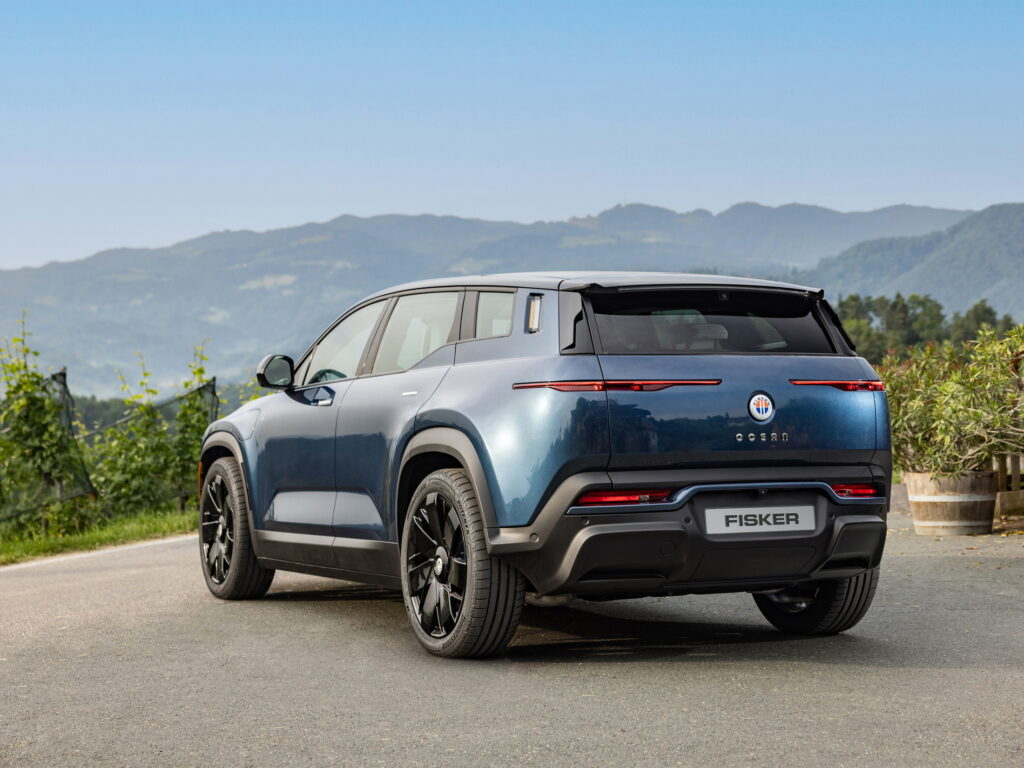
Fisker planned to build 40,000 EVs in 2023, but by the year’s end had built only 10,000 units and delivered less than half of them. A cooling EV market wasn’t the firm’s only problem. The Ocean SUV met with mixed reviews, Consumer Reports saying it fell far short of the initial promise, while US safety regulators have been looking into problems with defective brakes and doors that fail to open. And to make things more difficult for the Fisker sales team, the Ocean lost its place on the list of EVs available with tax credits unless leased because it’s built outside of North America.
Fisker had ambitious plans to build further models, the smaller Pear SUV, Ronin convertible and Alaska pickup, but, barring a miracle, none seems likely to happen now. And what will happen to CEO Henrik Fisker? As of today the former Aston Martin designer has two failed businesses on his resume, both bearing his name. Fisker Automotive, makers of the Karma hybrid, went pop in 2013, but now trades as Karma Automotive. Can you see Fisker Inc also rising from the ashes, and are any investors going to back Henrik when he pitches his next big idea?





